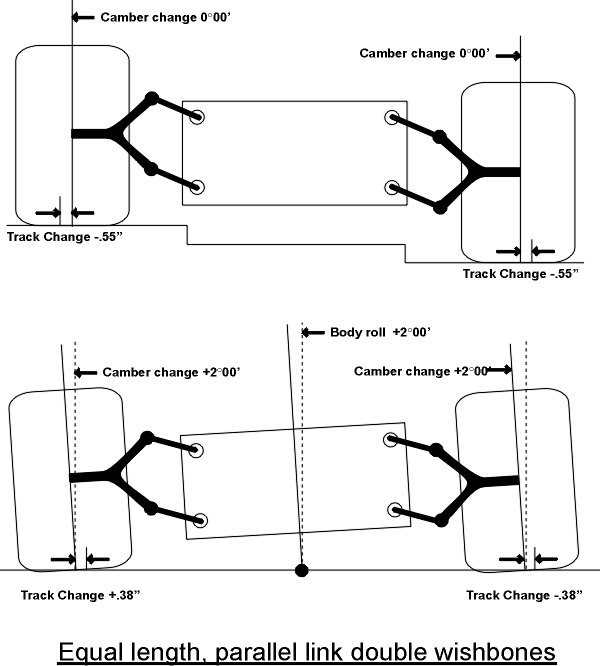In the past decade, increasing tire's diameter and width is a common trend shared by all car makers. Do you still remember the Lamborghini Countach employed 15-inch tyres ? Today's most exotic Ferrari, Porsche and Viper have 18 to 19-inch rubbers ! Larger diameter accompany with larger width increase the contact patch area (that is, the area of the tyre contacts with the ground), thus result in more grip. However, this also result in poorer wet road grip because the pressure acting upon the contact patch (that is, the car's weight divided by contact patch area) is reduced thus the tire becomes easier to "float" on the water. Therefore the texture also need to be improved for better water clearance.
Low profile tyres are also fashionable in these days. Since the thickness becomes thinner, it is more resistant to side wall deflection under substantial cornering force. However, this is not much related to grip.
It must be mentioned that wide tyres are not always good. Especially are front tyres, the wider they are, the more resistance generates when they are steered. This create a heavy and insensitive steering feel, also more tyre roar and wear. If you want to modify your car by using wider tyres, always consider the drawback first. In my opinion, most well-sorted European cars have already equipped with the most suitable tyres.
2. Suspension Design
To maximize cornering grip, the suspension must keep the tyres perpendicular to ground under all conditions such as bump and body roll so that the contact patch area remains maximum.Generally speaking,
double
wishbones suspension does the best job to keep the tyre perpendicular
to
ground. The below figure shows how the conventional double wishbones
suspension
deals with bump and body roll. You can see there's no camber change at
all under bump.

But the scene changes
very
much under body roll - camber changes for the same degree as the body
roll.
Track width also increases. Camber change reduces the contact patch
area
thus grip, and also introduces non-neutral steering (we'll discuss this
later). Track width variation forces the tyres to slip thus also reduce
grip.

